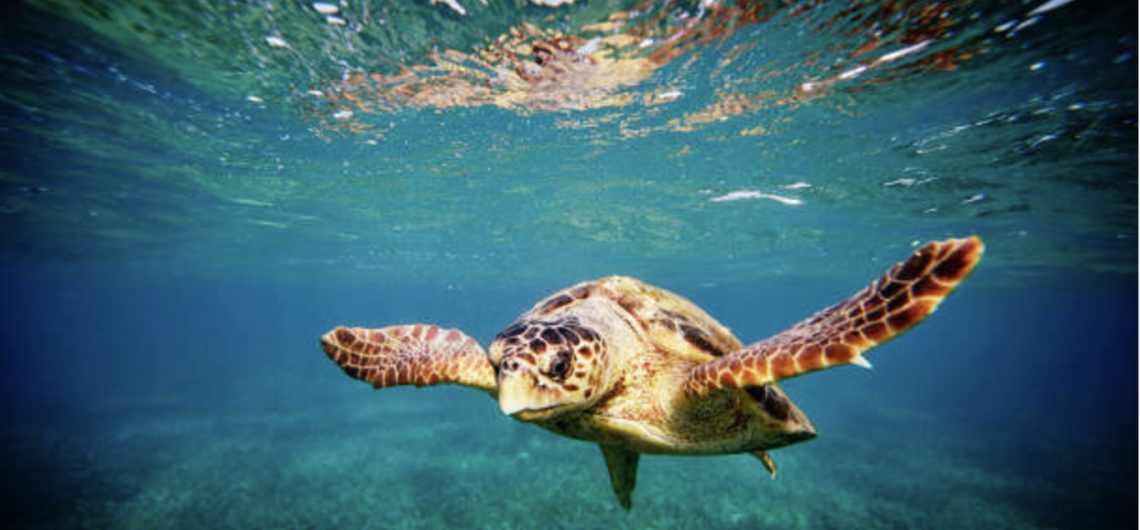The loggerhead sea turtle (Caretta caretta), a majestic marine creature often associated with Dalyan’s Iztuzu Beach, is more than just a symbol of natural beauty. These turtles play an essential role in maintaining the balance of marine ecosystems. Here’s a deep dive into their ecological importance and why protecting them is crucial.
Nutrient Cycling
Loggerhead turtles contribute significantly to nutrient cycling in marine and coastal ecosystems. Here’s how:
- Seagrass Beds Maintenance: Loggerheads feed on invertebrates like crabs and mollusks that live in seagrass meadows. By grazing in these areas, they prevent overgrowth and help maintain the health of seagrass beds. Healthy seagrass beds act as nurseries for many marine species, including fish and crustaceans.
- Nesting and Nutrient Enrichment: Female turtles lay their eggs on sandy beaches. While not all eggs hatch, those that remain in the sand decompose, enriching the beach’s soil with vital nutrients. This fertilization supports dune vegetation, which helps prevent erosion.

Predator-Prey Dynamics
Loggerheads are integral to the marine food chain:
- Balancing Prey Populations: Loggerheads primarily feed on jellyfish, crustaceans, and other invertebrates. By preying on jellyfish, they help control jellyfish populations, which can otherwise overconsume plankton—a crucial food source for many marine species.
- Providing Food for Others: Hatchlings face many predators, including birds, crabs, and fish. While only a small percentage of hatchlings reach adulthood, they serve as a vital food source for these predators, maintaining ecological balance.

Carbon Sequestration
Loggerheads indirectly support carbon sequestration by maintaining seagrass meadows. Healthy seagrass beds act as carbon sinks, capturing carbon dioxide from the atmosphere and helping combat climate change.

Cultural and Ecotourism Importance
In regions like Dalyan, loggerhead turtles also play a significant socio-economic role. Their presence attracts eco-tourists, fostering environmental awareness and generating income that can be reinvested into conservation efforts.
Threats to Loggerhead Turtles
Despite their ecological importance, loggerhead turtles face numerous threats:
- Habitat Destruction: Coastal development and pollution threaten nesting beaches.
- Bycatch: Many turtles are accidentally caught in fishing nets.
- Climate Change: Rising temperatures affect sand temperature, which determines the sex of hatchlings, potentially disrupting population dynamics.
Conservation Efforts in Dalyan
Dalyan’s Iztuzu Beach is a critical nesting site for loggerheads. Conservation programs, such as the efforts by the DEKAMER (Sea Turtle Research, Rescue and Rehabilitation Center), work tirelessly to protect nests, rescue injured turtles, and educate the public about their importance.


Comments